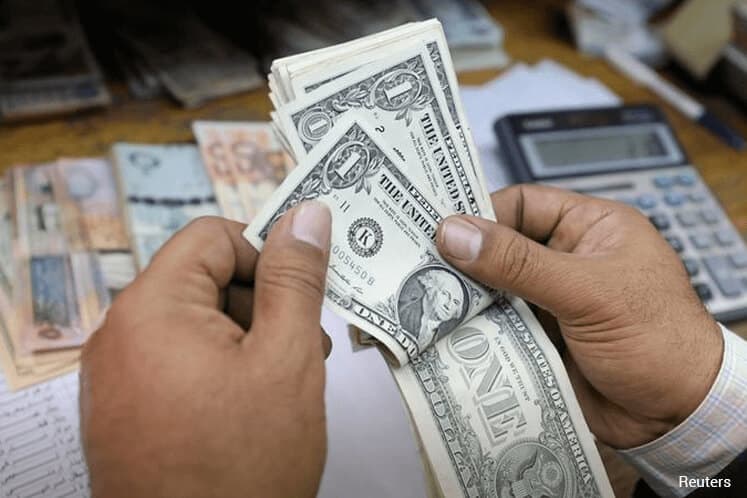
WASHINGTON (April 7): US job growth likely slowed in March after unseasonably mild weather boosted hiring over the prior two months, but the pace of gains should underscore the economy's strength despite a recent slowdown in economic growth.
Nonfarm payrolls probably increased by 180,000 jobs last month, according to a Reuters survey of economists, near 2016's 187,000 monthly average job growth. The unemployment rate is forecast to be unchanged at 4.7%.
The Labor Department will release its closely watched employment report on Friday. Readings in line with expectations would reinforce views the economy's fundamentals remain solid despite gross domestic product appearing to have slowed to around a 1.0% annualized growth pace in the first quarter after rising at a 2.1% rate in the final three months of 2016.
The economy enjoyed job gains in excess of 230,000 in January and February as unusually warm temperatures pulled forward hiring in weather-sensitive sectors like construction, leisure and hospitality. Economists are expecting a payback after temperatures dropped in March and a storm lashed the Northeast.
"We will also see some still-positive, but sort of across-the-board lower paces of hiring in March as compared to the previous months," said Sam Bullard, a senior economist at Wells Fargo Securities in Charlotte, North Carolina. "While first-quarter GDP looks weak, when you look at the details, underlying domestic demand is fairly strong."
But payrolls could surprise in either direction. A survey on Wednesday showed a measure of services sector employment falling to a seven-month low in March. Another report, however, showed private payrolls surged by 263,000 jobs.
The economy needs to create 75,000 to 100,000 jobs per month to keep up with growth in the working-age population. The labor market is expected to hit full employment this year, which could drive faster wage growth.
Average hourly earnings are seen increasing 0.2% in March, which would keep the year-on-year increase at 2.8%. Given rising inflation, economists say solid job gains and gradual wage increases would leave the Federal Reserve on course to raise interest rates again in June.
The US central bank lifted its overnight interest rate by a quarter of a percentage point in March and has forecast two more hikes this year.
STEADY PARTICIPATION RATE
"A report touting more jobs with higher wages will likely keep the Fed on track for two more rate hikes this year and also addressing their sizable balance sheet," said Beth Ann Bovino, US chief economist for S&P Global Ratings in New York.
The Fed has said it would look at how to reduce its portfolio of bond holdings later this year.
The labor force participation rate, or the share of working-age Americans who are employed or at least looking for a job, probably held at an 11-month high of 63% in March.
Economists attribute some of the improvement in the participation rate to President Donald Trump's electoral victory last November, which might have caused some unemployed Americans to believe their job prospects would improve. Trump has pledged to pursue pro-growth policies such as tax cuts and deregulation.
"But there appears to be limited room for the resulting cyclical rebound in labor force participation to continue, as dropout rates of unemployed workers and the number of remaining discouraged workers have fallen to not far from pre-recession levels," said Ted Wieseman, an economist at Morgan Stanley in New York.
Little change was expected in the employment-to-population ratio, which hit an eight-year high of 60% in February.
Growth in construction payrolls, which averaged 49,000 in January and February, well above 2016's monthly average of 12,900, likely slowed last month. That would account for most of the anticipated moderation in payroll growth.
Manufacturing employment probably increased further after posting the largest job gains in 3½ years in February, as rising oil prices fuel demand for machinery.
Retail payrolls are expected to rebound after declining by the most since December 2012. Retailers including J.C. Penney Co Inc and Macy's Inc have announced thousands of layoffs as they shift toward online sales and scale back on brick-and-mortar operations.
Government payrolls likely fell amid a freeze on the hiring of civilian workers.